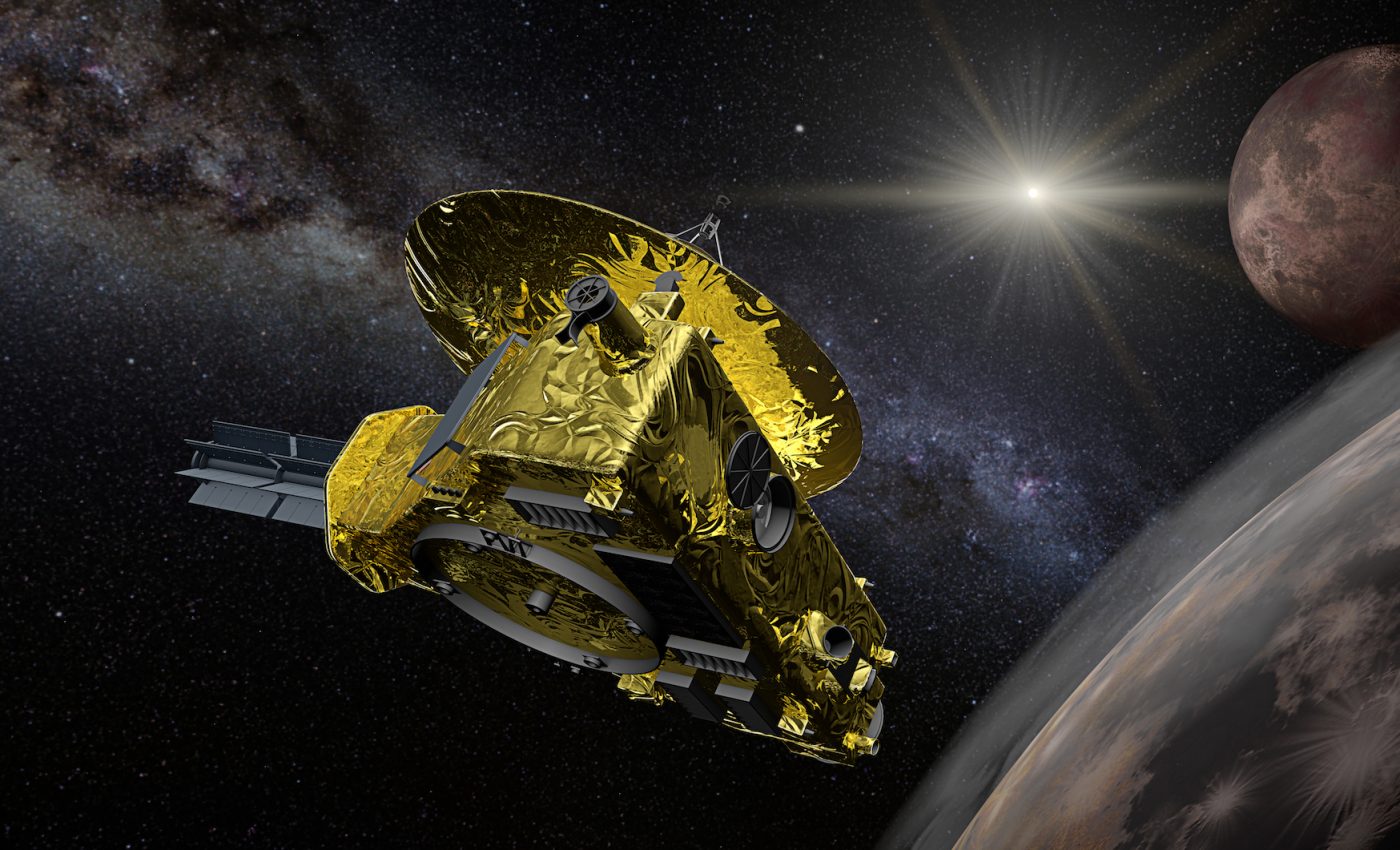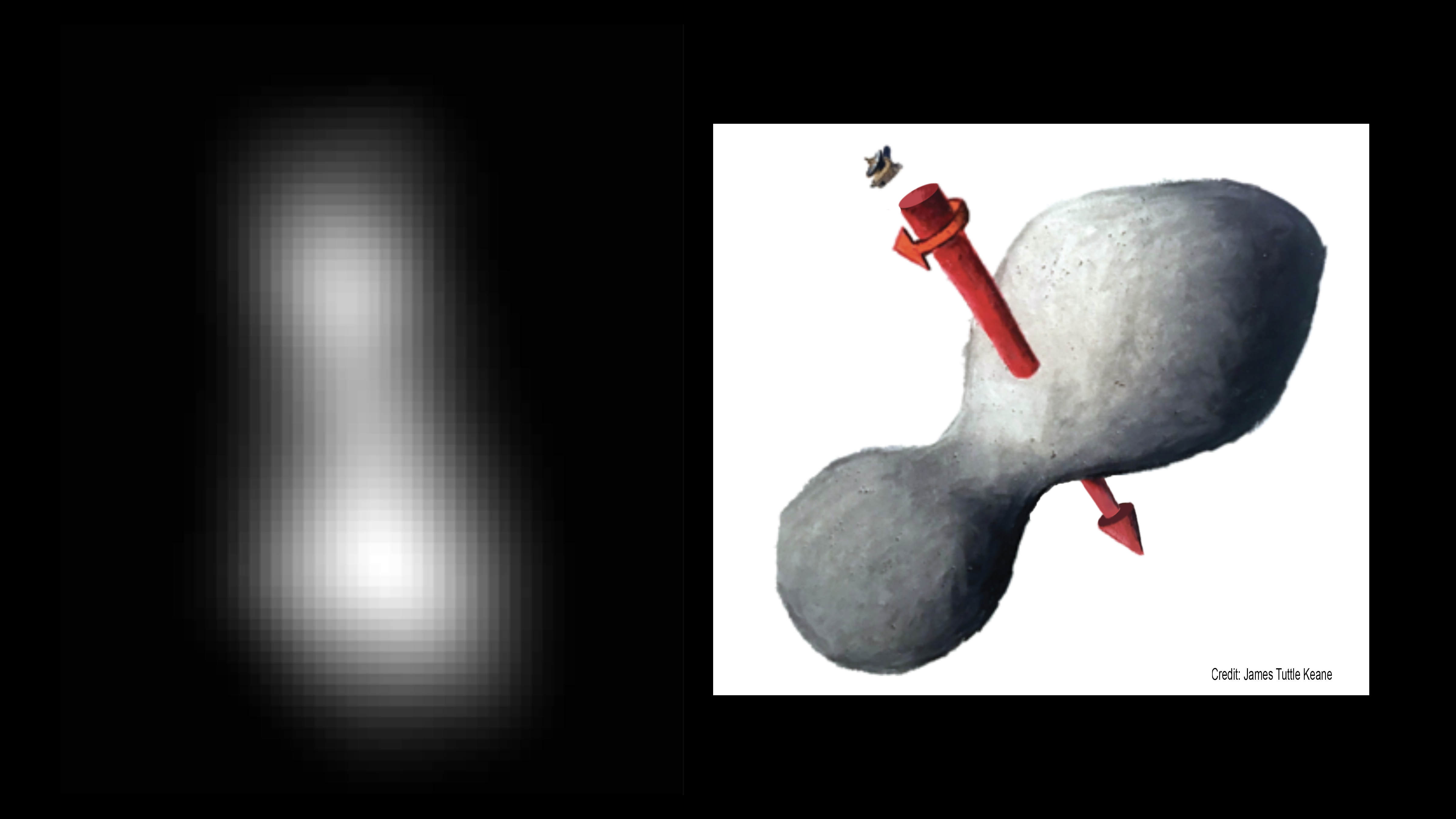
New Horizons sends back images from the edge of the solar system
A mere billion miles from Pluto, located in the Kuiper Belt on the fringes of our solar system, sits an object known Ultima Thule.
Ultima Thule is a primitive, rocky lump that dates back to the very beginnings of the formation of our solar system 4.6 billion years ago.
On January 1, 2019, the National Aeronautics and Space Administration’s’ (NASA) New Horizons spacecraft did a flyby of Ultima Thule sending back blurry photos and signals.
Ultima Thule was the nickname given to the planetary object, and it means “beyond the known world,” which is fitting as New Horizons is on track to leave our solar system completely, traveling into the unknown depths of space.
NASA scientists were beaming as they unveiled the first images of Ultima Thule taken by New Horizons, and it will take some time before NASA sorts through all the data sent back by the spacecraft.
“New Horizons performed as planned today, conducting the farthest exploration of any world in history — 4 billion miles from the Sun,” said Alan Stern, the Principal Investigator of the project in a NASA press release. “The data we have look fantastic, and we’re already learning about Ultima from up close. From here out the data will just get better and better!”
In the early morning of January first, New Horizons passed by Thule, according to the John Hopkins University Applied Physics Laboratory, home to the makers of New Horizons.
New Horizons was 2,200 miles away from Ultima Thule when it passed the relic, and the blurry images reveal that Thule is shaped like a bowling pin or a peanut depending on who you’re talking to.
The hope is that Thule will provide insight into the early beginnings of the solar system and the formation of its planets.
“New Horizons holds a dear place in our hearts as an intrepid and persistent little explorer, as well as a great photographer,” said Ralph Semmel, the Johns Hopkins Applied Physics Laboratory Director. “This flyby marks a first for all of us — APL, NASA, the nation and the world — and it is a great credit to the bold team of scientists and engineers who brought us to this point.”
—
By Kay Vandette, Earth.com Staff Writer














